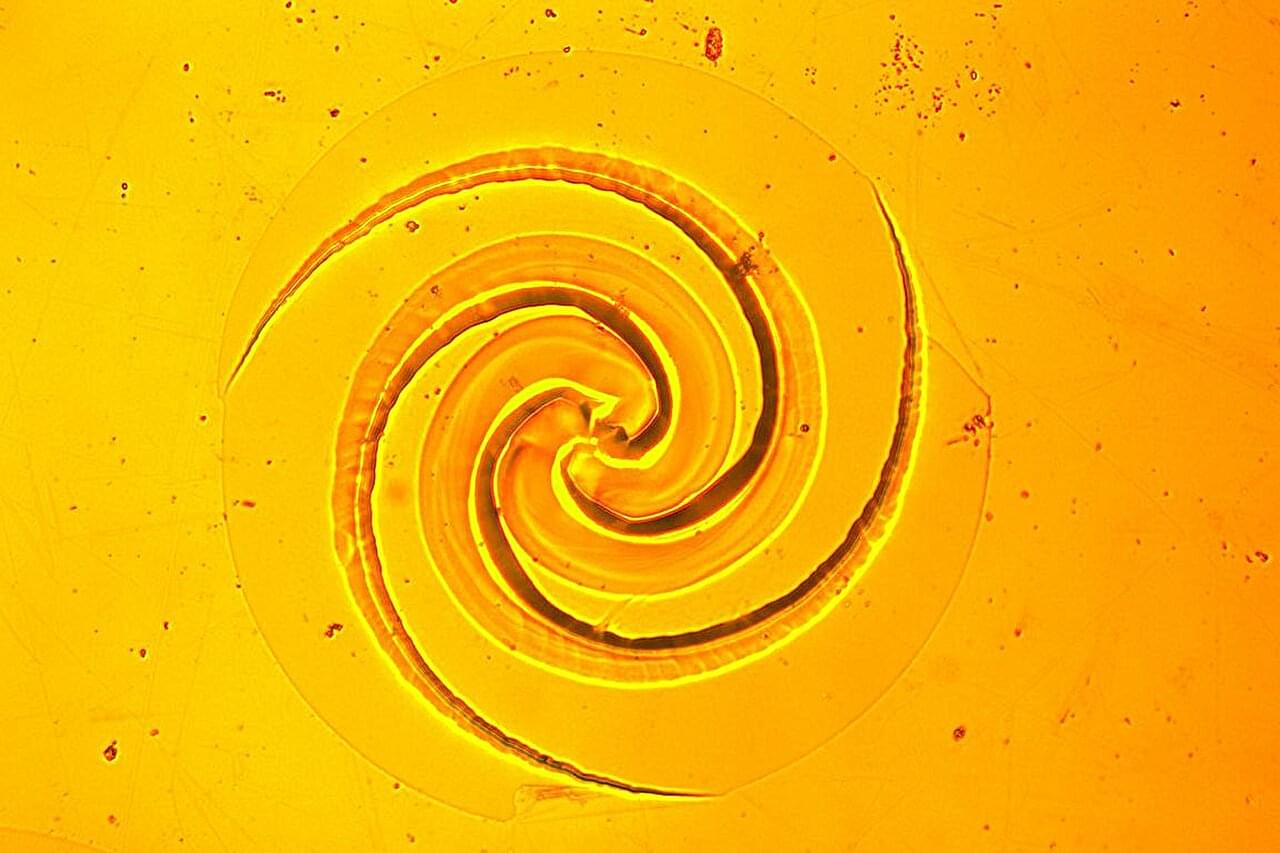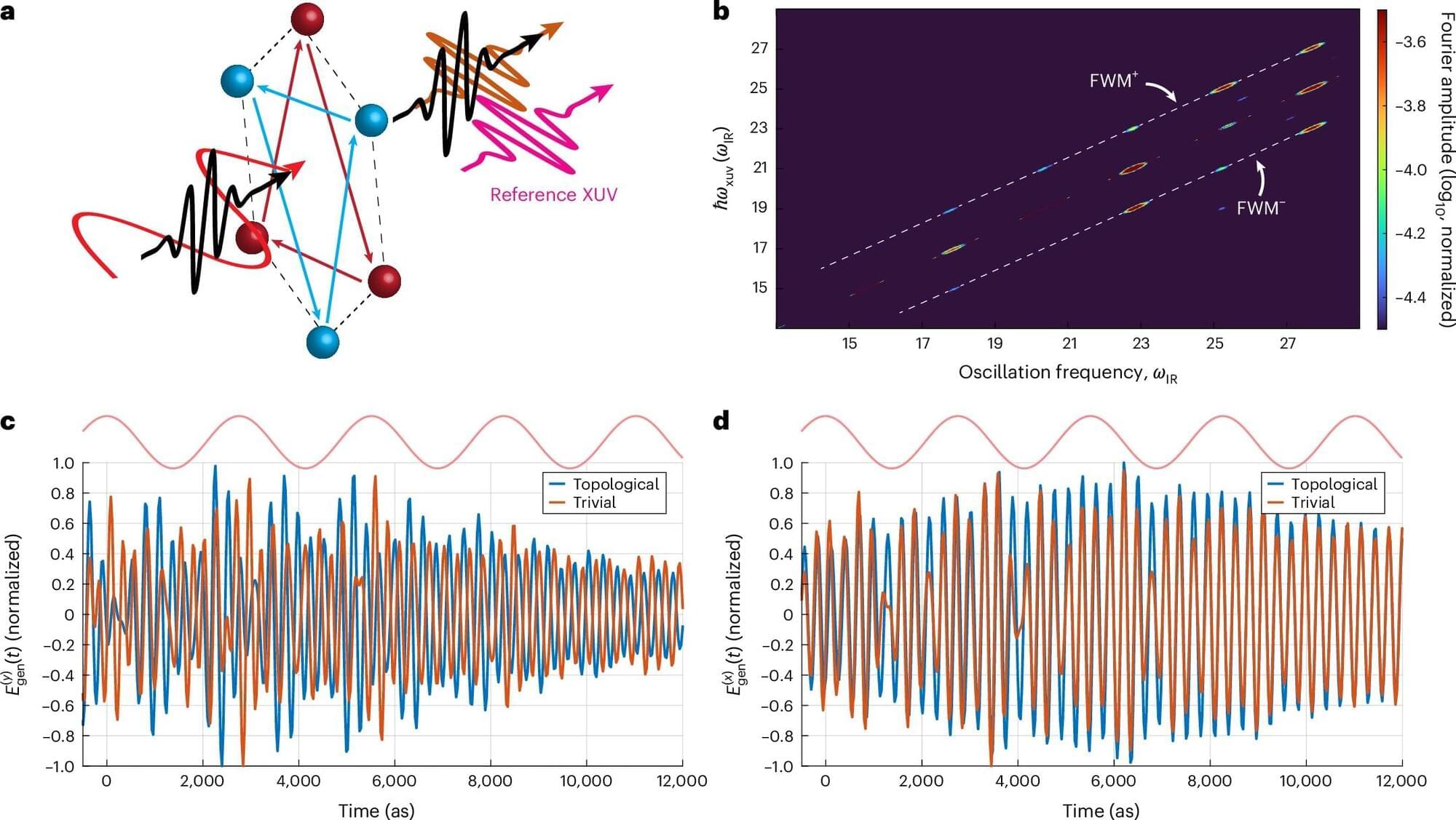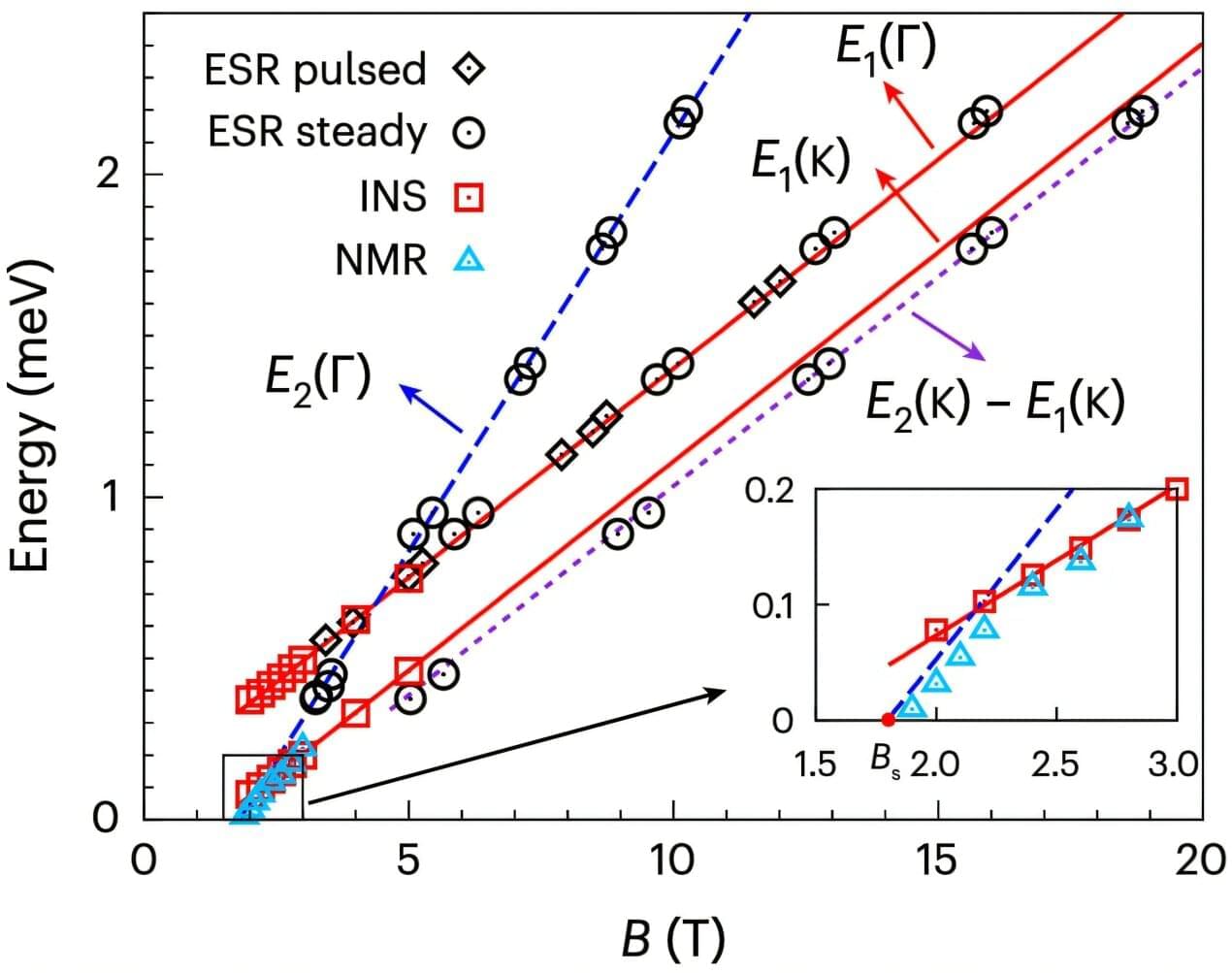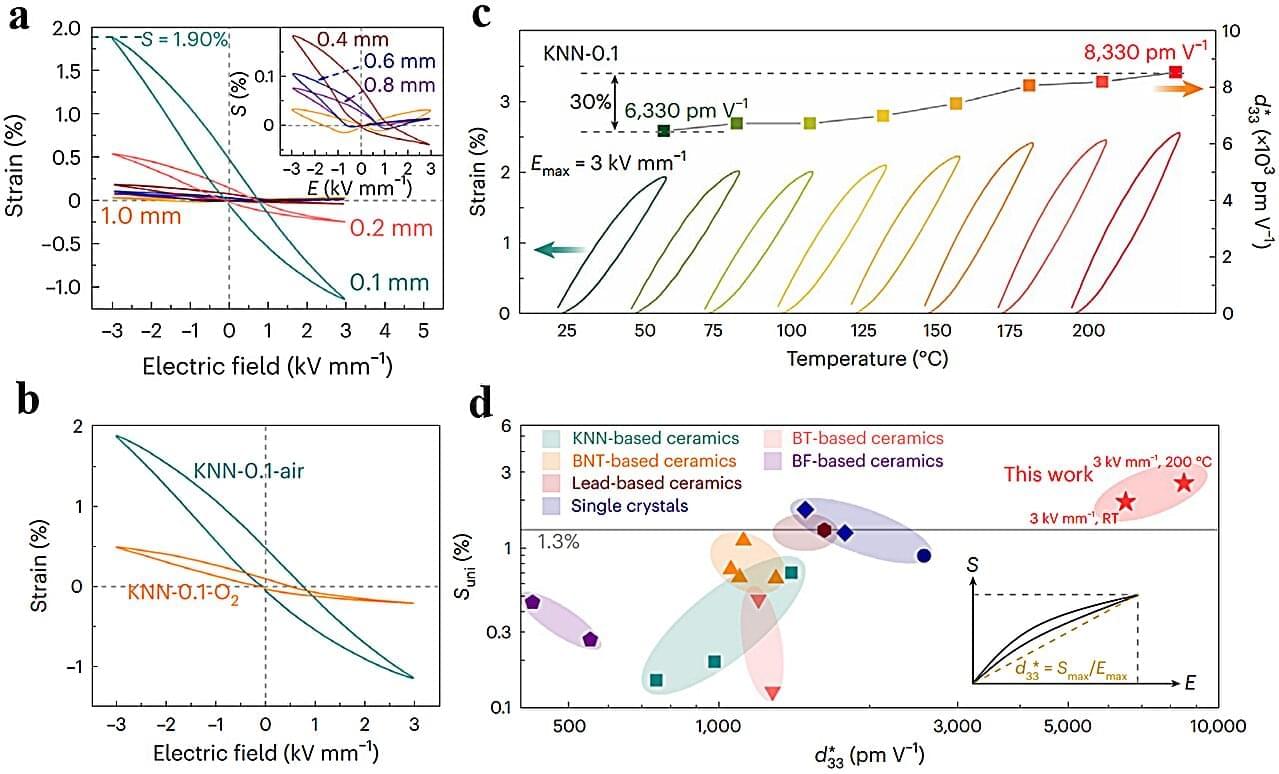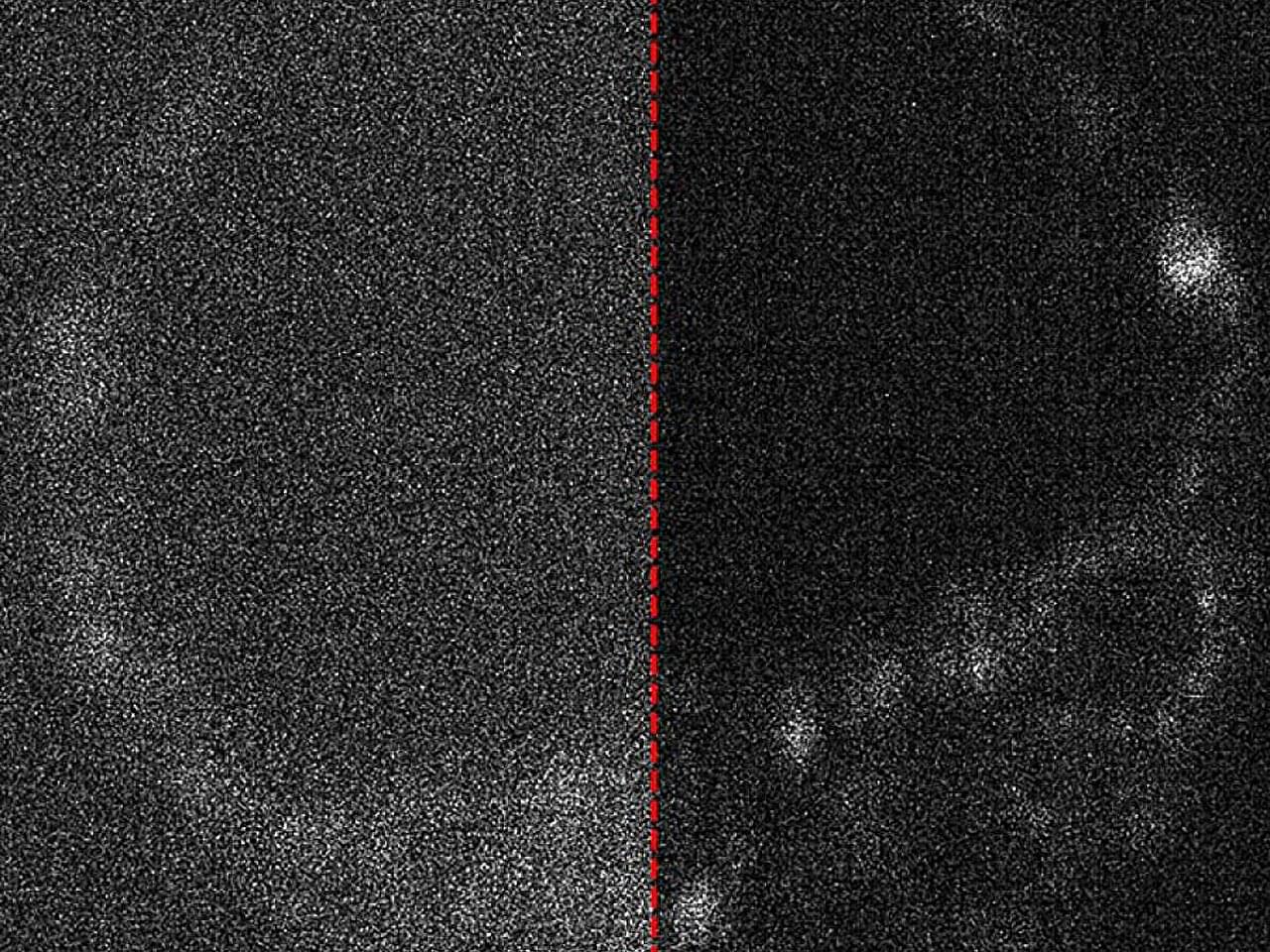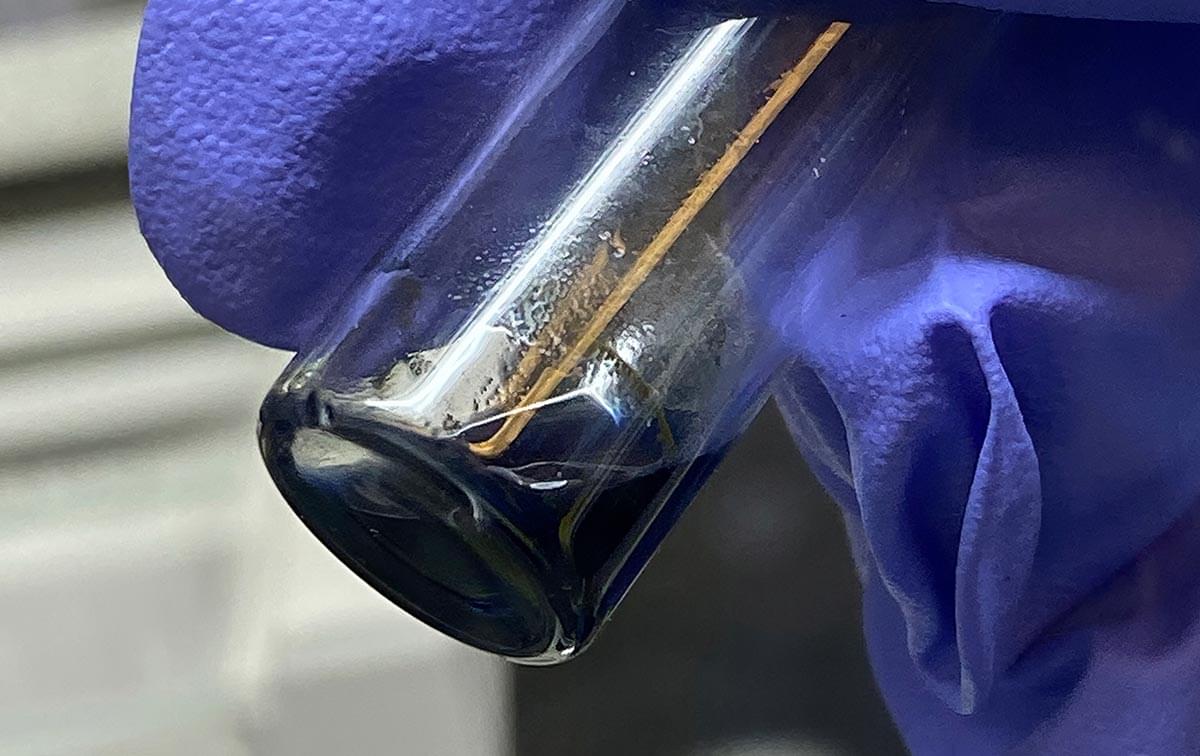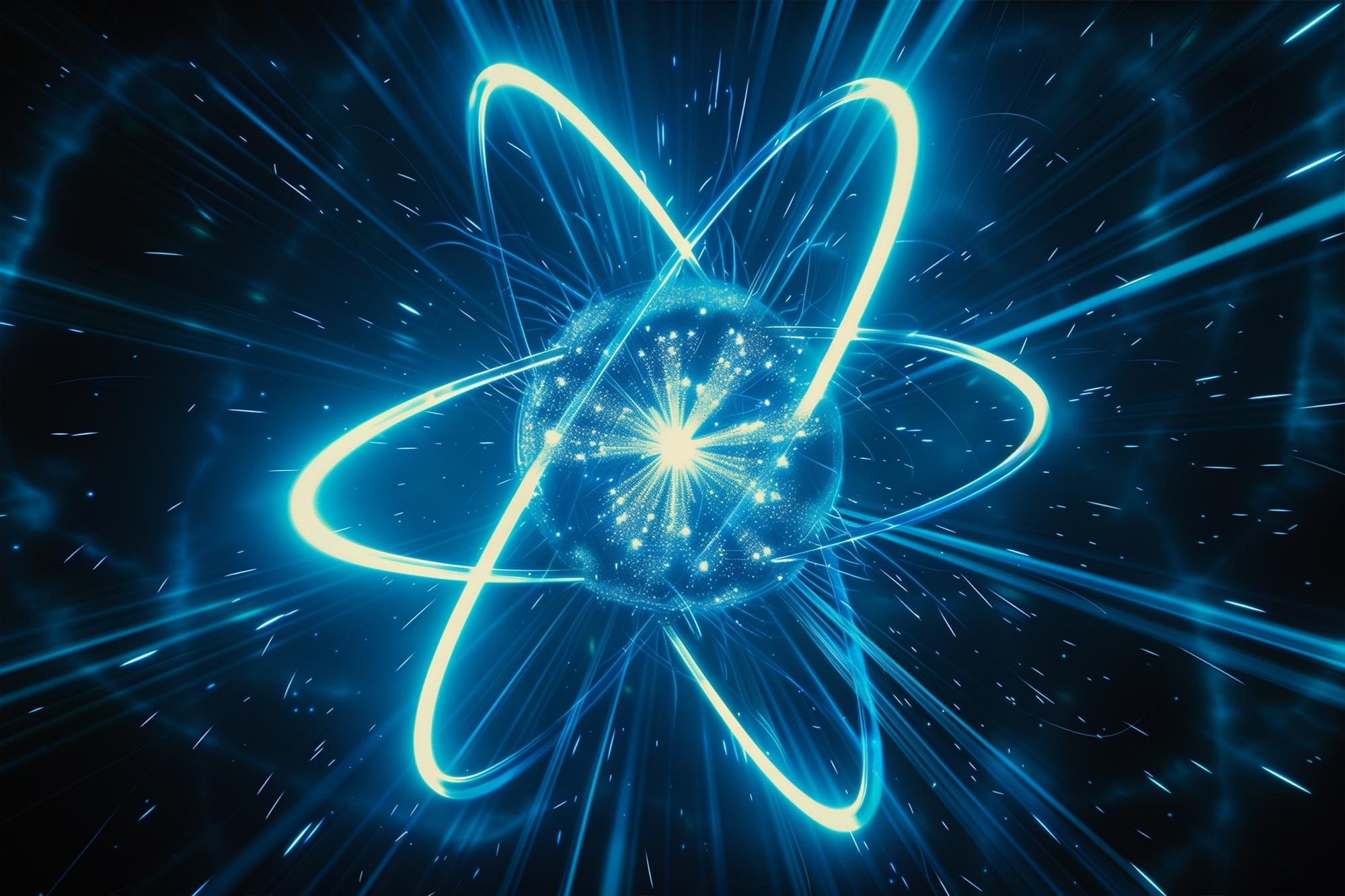University of Illinois at Urbana-Champaign researchers have developed a CRISPR-based diagnostic tool capable of detecting bloodstream infections in minutes without the need for nucleic acid amplification. The CRISPR-Cascade assay achieves attomolar sensitivity and incorporates an OR-gated logic function to identify multiple pathogens simultaneously through DNA from pathogens associated with bloodstream infections.
Bloodstream infections require rapid identification to prevent complications, yet standard diagnostic methods rely on polymerase chain reaction (PCR) and isothermal amplification techniques that have built-in processing times. CRISPR-based detection tools such as SHERLOCK and DETECTR have improved specificity but continue to depend on amplification, limiting their turnaround time and practicality in clinical settings.
In the study, “Amplification-free, OR-gated CRISPR-Cascade reaction for pathogen detection in blood samples,” published in the Proceedings of the National Academy of Sciences, researchers conducted a laboratory-based investigation to determine whether a CRISPR-driven feedback loop could detect pathogenic DNA at ultra-low concentrations without amplification.

